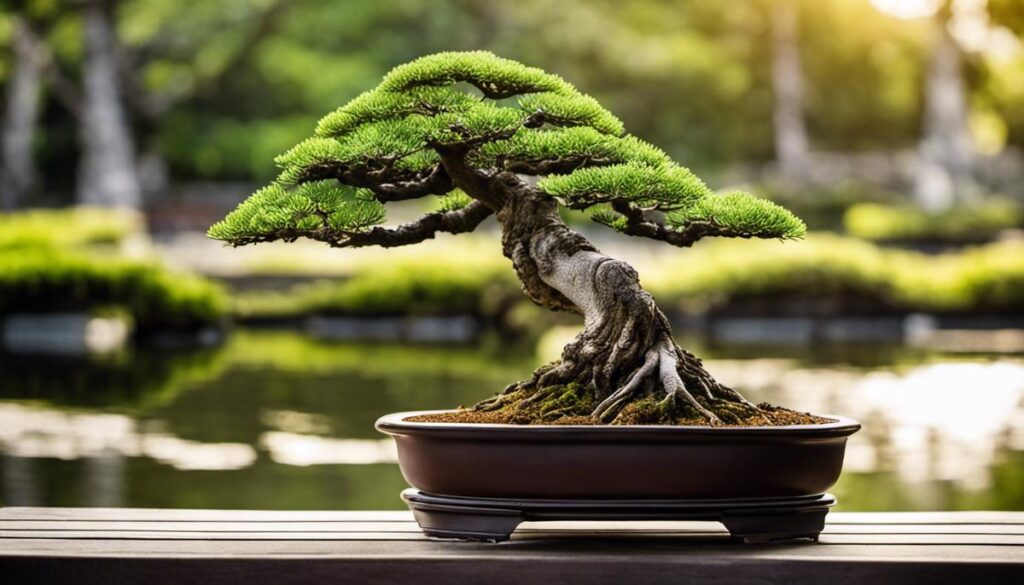The ancient art of Bonsai, deeply rooted in the pursuits of aesthetics and balance, lends a surreal charm to the world of horticulture. One such defining element in creating an artistically pleasing, yet naturally appearing bonsai, is ‘Nebari’, or the root flare. Striking a subtle balance between fiction and fact, these exposed surface roots simulate the appearance and essence of old, large trees in their mini counterparts.
Nebari is not just an ornamental facet, but an integral part of the bonsai’s well-being, contributing to its stability and vitality. As we delve into the labyrinth of bonsai cultivation and the art of maintaining root flares, it becomes apparent that cultivating an excellent Nebari is both a test of skill and an exercise in patience for bonsai enthusiasts.
Understanding Nebari and Its Importance
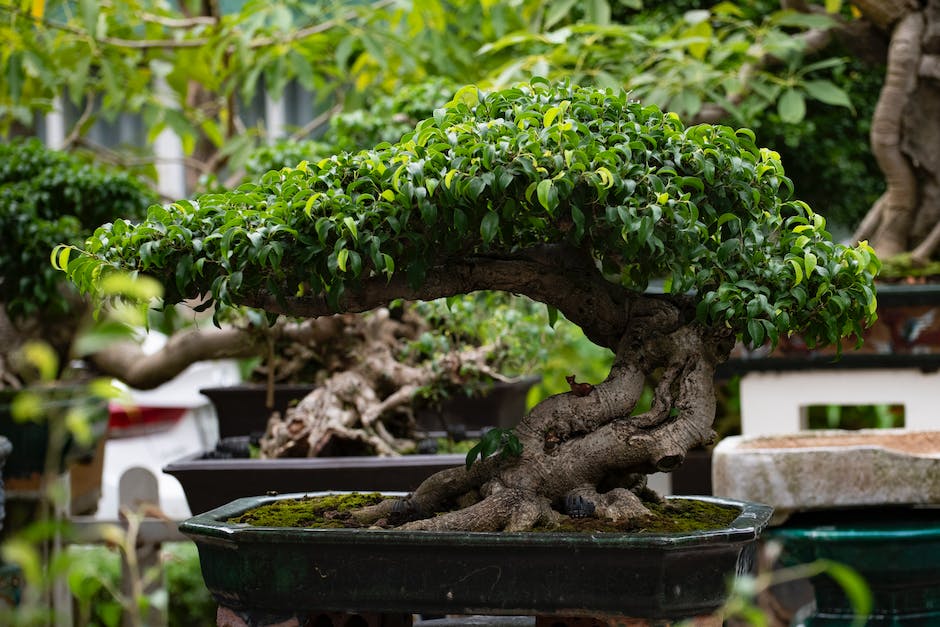
Understanding Nebari: The Root Flare in Bonsai Culture
Nebari, a term originating from Japanese bonsai culture, denotes the root flare or base roots of a bonsai tree. Usually, the term refers to how roots spread from the trunk base, becoming thicker on the soil surface before going downwards into the soil. Nebari is considered an integral aspect of bonsai aesthetics. It primarily enhances the visual appeal of the tree, giving it the appearance of a mature, full-scale tree compressed into miniature form. The unique characteristic of how the roots broaden outwards, then delve into the soil, provides the bonsai tree with a natural, realistic look, making it seem larger and well-balanced, despite its small size.
The Importance of Nebari: Stability and Age Perception
Relevance of Nebari goes beyond aesthetics. It plays a crucial role in ensuring the stability of the bonsai tree. The outward stretch of the roots provides a strong base, grounding the tree firmly in the soil and enhancing its ability to withstand forces like wind. This makes Nebari particularly significant for outdoor bonsai trees that are exposed to various environmental forces.
In addition, the presence of Nebari often gives the illusion of age. It signifies that the bonsai tree has weathered numerous seasons and successfully established its roots over a period. This perception of age and endurance adds a remarkable touch to the tree’s beauty, greatly enhancing its charm and appeal for bonsai enthusiasts and collectors.
Nebari: A Key Element in Bonsai Techniques
In bonsai cultivation, much focus goes into developing and maintaining a strong Nebari. Various techniques are employed to encourage and refine this root structure, such as ground layering and root pruning. In ground layering, a branch or trunk is encouraged to grow roots while still being attached to the parent plant. This thickens the trunk base, aiding the formation of Nebari. Root pruning, on the other hand, involves trimming the roots to stimulate the growth of new, finer roots which spread out from the base and give the desired Nebari effect.
The Challenge of Cultivating Nebari
Despite the skill involved, nurturing Nebari is a challenging task, even for the most experienced bonsai artists. The process requires not just technical understanding, but also patience, as developing a good Nebari can take several years. During this period, the tree must be continuously monitored and tended to ensure healthy root growth and prevent any damage that could halt the process. Patience is, therefore, as crucial to achieving a strong, appealing Nebari as the mastery of bonsai techniques.
Nebari and Bonsai Aesthetics: A Symbiotic Relationship
Understanding the importance of Nebari in bonsai cultivation is crucial, not just for the tree’s health but for its aesthetics as well. An admirable Nebari contributes to the creation of a lifelike, mature, and breathtaking miniature tree that looks as though it’s grown in nature full scale. More than just an illusion, a well-developed Nebari enhances a tree’s stability and lifespan, adding depth to its character. Together, these elements elevate the overall appeal of the bonsai, making the study and incorporation of Nebari indispensable in bonsai cultivation.
Techniques to Develop and Improve Nebari
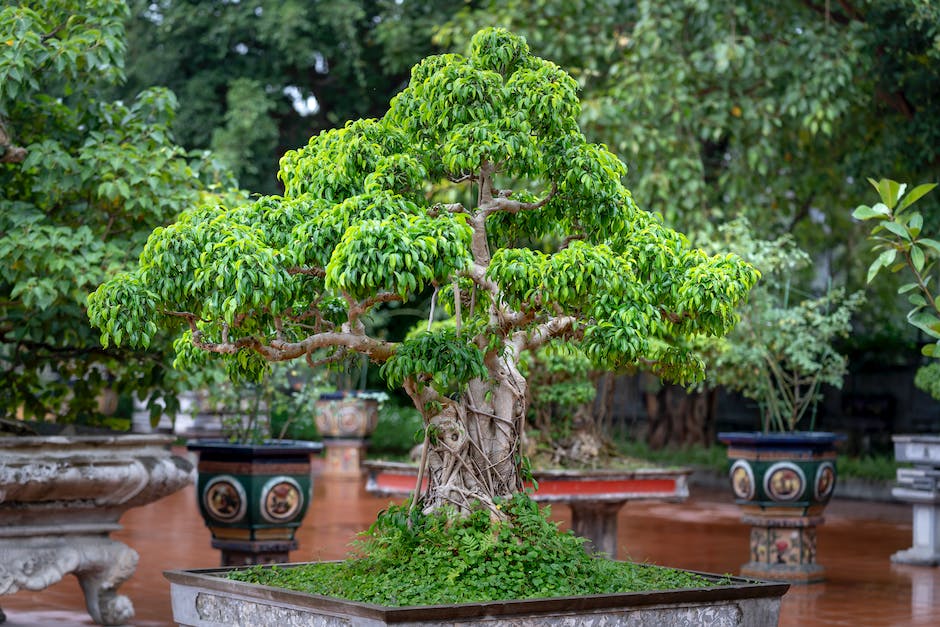
Digging Deeper Into The Importance of Nebari
The term ‘Nebari’ refers to the visually striking roots at the surface in bonsai art. They bring an essential character to a bonsai by displaying the illusion of age and stability. This illusion, combined with well-proportioned stem and root flare, provokes the perception of a robust, mature tree, despite it being a miniature specimen. As a result, a well-formed Nebari greatly enhances a bonsai’s appeal and value. Therefore, understanding and studying the intricacies of Nebari is considered paramount for bonsai enthusiasts and cultivators alike.
Techniques to Develop Nebari
There are several techniques bonsai cultivators use to develop and improve Nebari. One of the important aspects of creating a good Nebari is root pruning and shaping. This technique primarily involves trimming the roots’ excessive lengths and reducing thickness, contributing to root spread. It is usually carried out during repotting, ensuring the pruning does not overly stress the tree. Using a sharp, cleaned pair of shears is recommended to make clean cuts and prevent infections.
Enhancing Nebari with Growth Supplements
Growth supplements also play a vital role in enhancing Nebari. Adding high-quality slow-release organic fertilizer to the soil helps promote vigorous root growth, subsequently reinforcing the Nebari. Well-balanced nutrients ideally containing Nitrogen, Phosphorus, and Potassium can significantly improve root health leading to a more pronounced Nebari. Additionally, the use of root-promoting hormones can further fast-track the process, ensuring dense root growth.
Regular Repotting and The Nebari
Another critical factor that aids in Nebari’s development is regular repotting. This method allows for the potential to prune, twine or spread the roots. Regular repotting, ideally every two years, allows taking corrective measures in guiding root growth. It provides an opportunity to inspect and manage root health, thereby ensuring a better Nebari over time. Furthermore, repotting helps in maintaining optimal soil conditions advantageous for the overall plant health including, improving Nebari.
Manipulating Root Growth and Nebari
The art of guiding the roots’ growth is a distinctive aspect of developing Nebari. Techniques such as root grafting and root wrapping, among others, often help in leading roots in a preferred direction and form. Root flaring also known as Nebari is typically achieved by placing a flat object or tile under the tree, restricting downward growth and promoting horizontal spread. Besides, wiring younger roots enables directing their development, ultimately influencing the Nebari.
In the world of bonsai cultivation, a myriad of techniques are employed, from meticulous pruning to considered shaping. The use of growth-inducing supplements and regular re-potting introduce key evolutionary changes at every stage of a bonsai’s life cycle. These techniques offer enthusiasts the ability to control the tree’s development to an incredibly granular level, specifically aiding in the flourishing of Nebari. Thus, developing Nebari becomes a compelling blend of art and science, demanding acute focus, time, and dedication.

Common Challenges and Solutions in Nebari Development
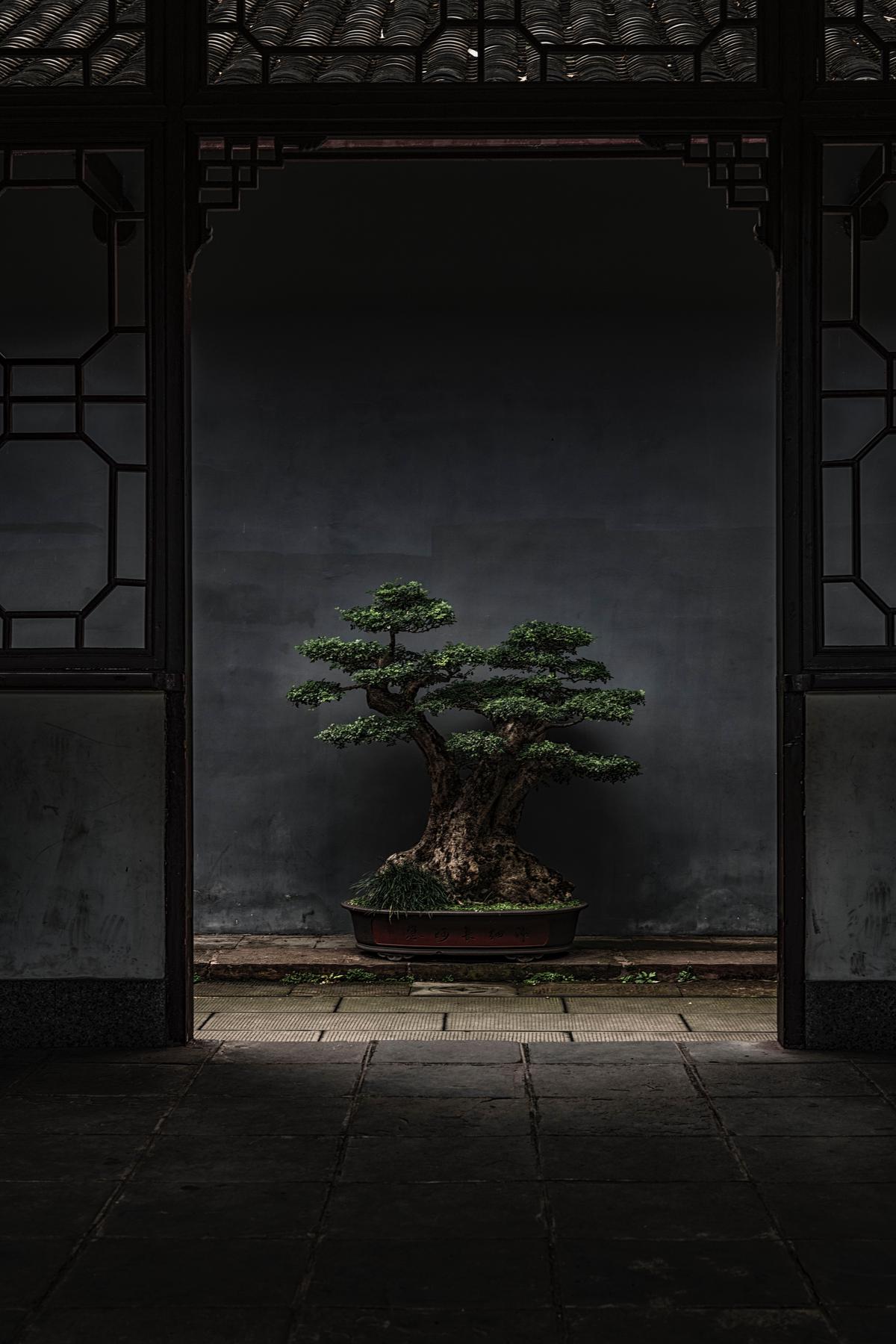
Photo by zhaochen1975 on Unsplash
Addressing Root Girdling: Overcoming Obstacles to Nebari Enhancement
Among the challenges that bonsai cultivation presents, root girdling is particularly troublesome. When roots coil tightly around the base of the tree, they can inhibit its growth, a condition known as girdling. Such roots can impede water and nutrient intake, leading to a gradual decline in the tree’s health or even death in extreme cases.
Averting root girdling necessitates regular checks of the bonsai tree, delicately separating any entwined roots. The act of repotting and pruning roots also serve as vital protective measures. Remember to use only clean, sharp tools when making cuts to reduce stress on the tree while also reducing potential infection risks.
Uneven Root Development: The Impact on Nebari Aesthetics
Uneven root development is another common challenge in nebari aesthetic cultivation. Ideally, bonsai roots should radiate evenly from the trunk to achieve the root flare’s classic visual effect. But this doesn’t always naturally occur.
To encourage even root development, bonsai growers can practice root alignment during repotting, guiding roots in the desired radial direction. Regular root pruning can also keep dominating roots in check, thereby providing space for smaller roots to grow and share in the nutrient distribution.
Combatting Root-Related Diseases in Bonsai Trees
Various diseases can impact bonsai root health and hamper nebari development. Root rot, caused by fungi or overwatering, is a prevalent issue. It weakens the roots and can lead to tree death if not addressed timely.
To keep root diseases at bay, keep the soil moderately moist, well-aerating and well-draining. Overly wet soil conditions can facilitate harmful fungal growth, while compacted, poorly oxygenated soil can suffocate roots, making them more susceptible to diseases. Regular inspection and early intervention also go a long way toward maintaining root health.
Species-Specific Challenges in Nebari Development
Certain bonsai species may present unique challenges for nebari development. For example, juniper bonsais are prone to water-logged roots, while ficus trees have aggressive roots that can quickly take over a pot.
To navigate these species-specific issues, research and understand your tree’s specific growth habits, water needs, and root behavior. Tailoring your nebari shaping techniques to match your tree’s natural tendencies will enhance your chances at successful root flare aesthetic cultivation.
Correct Training Techniques for Nebari Development
Training is primary in developing nebari. Wiring is a common method, guiding the roots in a radial pattern and flattening them against the soil’s surface for optimal exposure. Root pruning can also be employed to control root thickness and length. However, these techniques should be applied gently and gradually to prevent root damage or stress on the tree.
Regular monitoring and maintenance are crucial for high-quality nebari. Always exercise patience as nebari development is not a sprint but a marathon, requiring years of dedicated care and attention.
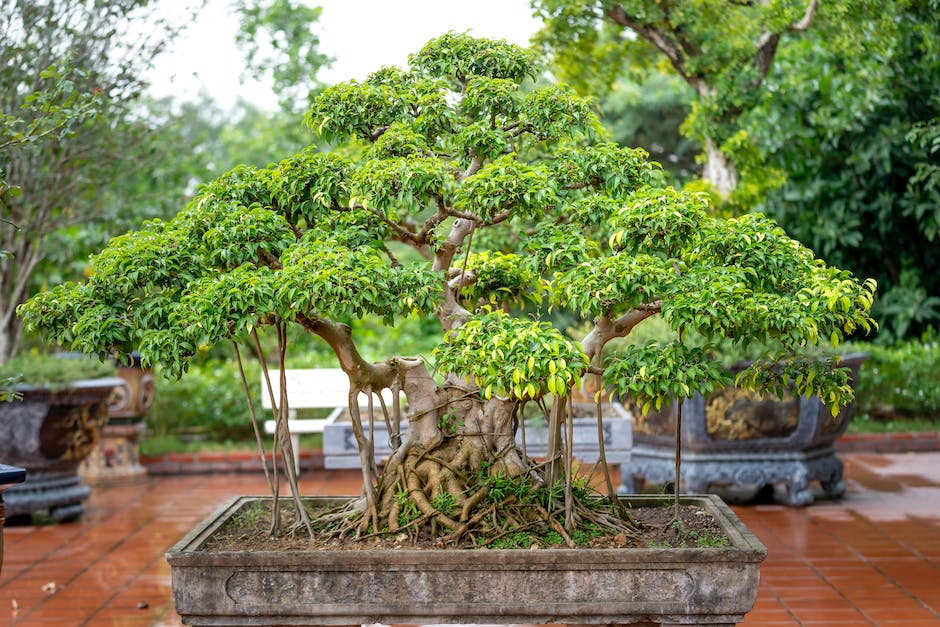
Understanding and cultivating Nebari in the art of bonsai is a delicate balance of art, science, and patience. As we’ve discovered, developing good Nebari involves strategic root pruning, shaping, use of growth supplements, and regular repotting, all performed with a practiced hand and a keen eye. However, Nebari cultivation isn’t always a smooth journey, with challenges such as root girdling, uneven root development, and related diseases often emerging. But with every hurdle comes a solution, and preventive measures can guide any bonsai enthusiast on their path to achieving an appealing Nebari. With the right knowledge and techniques, one can successfully create and nurture bonsai trees where the Nebari’s enthralling spectacle adds to the miniature tree’s age-old allure, thus bridging the gap between nature and aesthetics.
